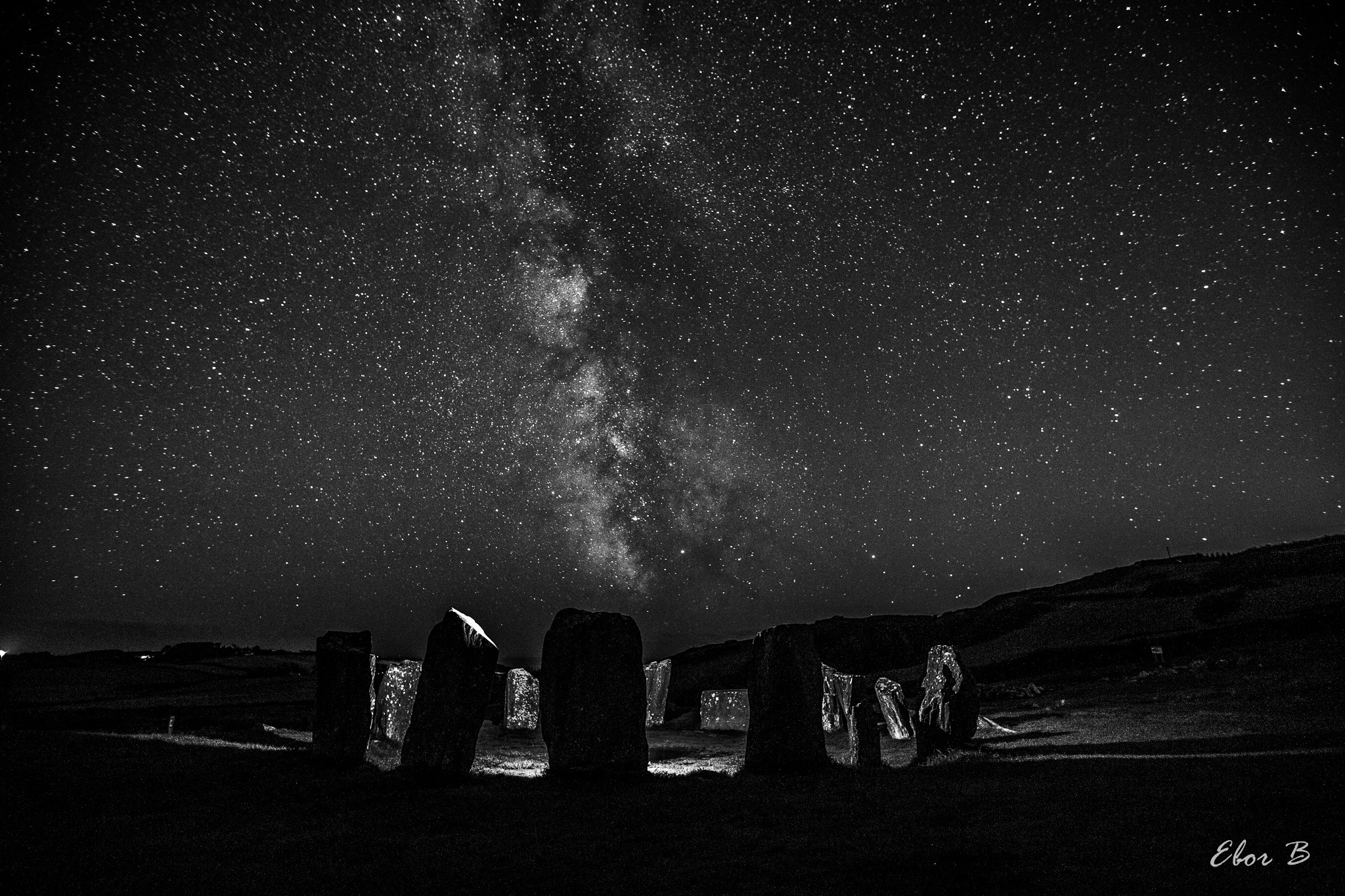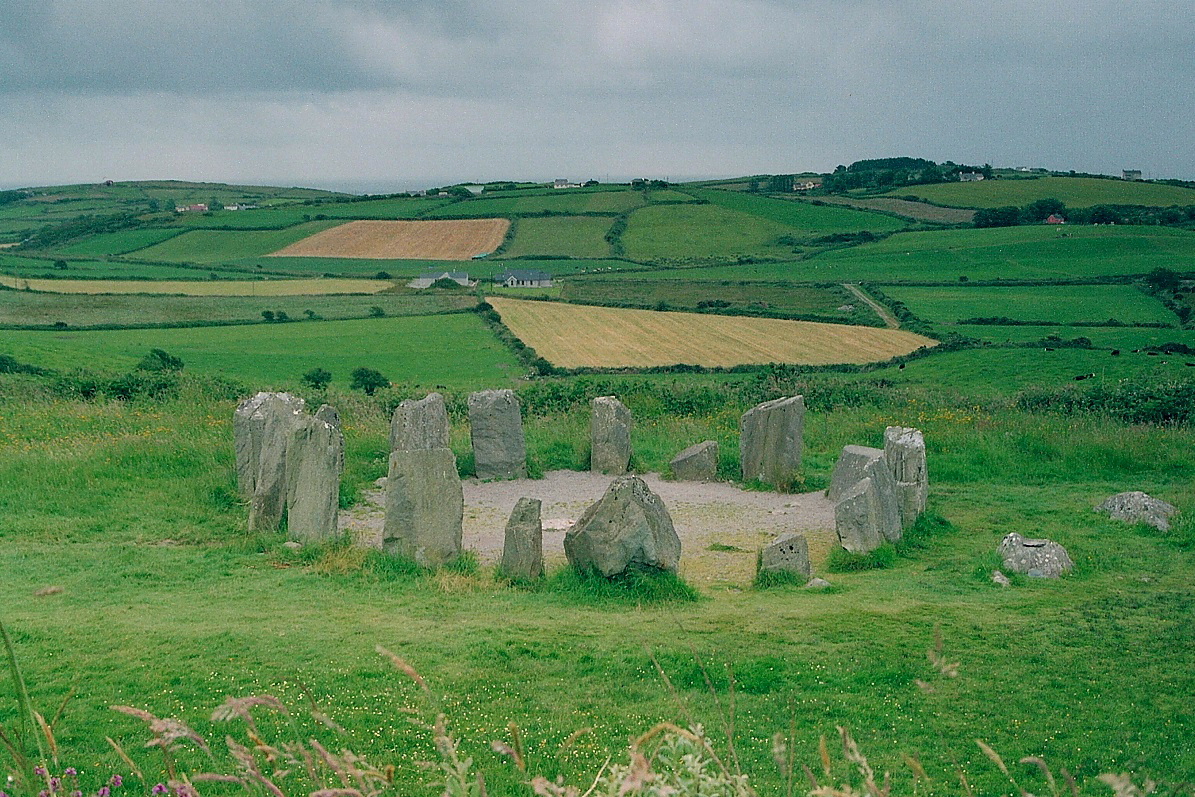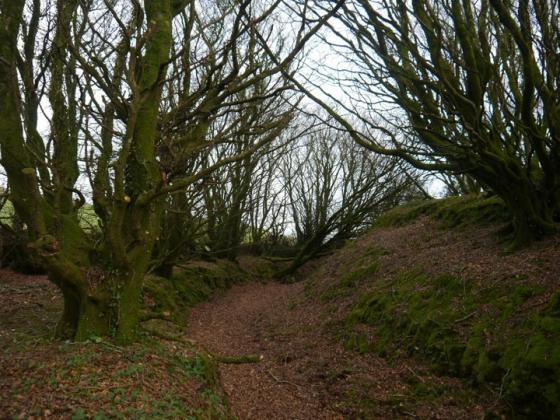
29/08/2019 – Drombeg stone circle, just brilliant.

29/08/2019 – Drombeg stone circle, just brilliant.

29/08/2019 – Hello recumbent

29/08/2019 – Drombeg stone cirlce

29/08/2019 – Fulacht fiadh, a cooking place.

Drombeg after dark..

The magical Drombeg Stone Circle on Equinox night!
Shot this panorama of tonight’s milkyway at the “Druids Altar” while the galactic core was still visible.
21/09/16

Drombeg by night – The ancients sure picked their spots!

April 2016

April 2016

Honeypot site... but nevertheless top drawer. See nearby Bohonagh for the intense vibe of the sister circle who didn’t get to go to the ball.. best of both worlds. Collins’ birthplace is nearby, too.

28th November 2012



The Fulach Fian


4th March 2012

4th March 2012

4th March 2012

4th March 2012







The circle, looking S. Child included.

The circle, looking NW. Note what are sometimes referred to as the male (slender, phallic) and female (lozenge-shaped) stones on the far side. Whatever any original meaning may have been, the excavator found that a great deal of trouble was taken to erect the lozenge-shaped stone into that exact stance and appearance.

An addition to my earlier photo (see across) showing both cupmarks as well as the axe(?) shape on top of the axial stone. There is an apparent semicircle adjacent to the fainter left-hand cup, but this is most likely a natural mark in the stone.



Drombeg under near full moon 11-11-08

Fancy a cup? The top face of the axial stone.

Modified slightly from E.M. Fahy JCHAS 1959.
Declination figure taken from Clive Ruggles’ ‘Astronomy In Prehistoric Britain and Ireland’ 1999.
All five pits were found sealed under a gravel pavement. The fallen stone was re-erected after excavation and marker pillars placed in the two empty sockets. Slabs were positioned over the locations of the human remains.

Sunset looking through the portals over the recumbent, 20th December 2006. A light cloud cover blocked direct sunlight through the notch in the centre but with the camera stopped all the way past F22 and with two ND filters on, I was able to observe the disc of the sun moving along the horizon and down through the notch.

Recumbent and flankers, the winter solstice sun sets in the notch in the hills above the recumbent


Daybreak at Drombeg, 21/2/06

28/4/05

The recumbent


Some of the detritus left on the centre stone as ‘offerings’...

Boyle Somervilles alignments.

Through the portal.

The N stone.

The circle, over the recumbent and through to the portal.

The huts.

The cooking place.
29/08/2019 – Morning bus from Cork to Rosscarbery. Takes about an hour and a half. It’s a fine way to see the countryside. Rosscarbery is a nice town, good shop and pub. Plenty of buses back, every couple of hours.
From Rosscarbery we walked west along the quiet country roads towards Drombeg. A walk of just over 3 miles. It seemed to pass pretty quick. The excitement built with each passing mile. Drombeg had been a long time in coming. For the last few years we had often talked about making the trip to Ireland and each time it was always Drombeg that was top of the list. Living in the north east of Scotland, the land of the RSC and to make the journey to see a recumbent stone circle so far away in the south west of Ireland was beyond exciting. In a week of many adventures, this was the big one.
Passing the good sized car park, we walked the short track to where the stones lived. First sight, I was a little surprised. Though not the largest of circles, it was still bigger than I’d imagined. The stones looked so solid. A few people were there already so we gave them space and walked on to the hut circle. There’s a fine rocky bit behind, which we headed for. A great vantage point to sit and take in the scene. Though not busy with people, it was steady. We decided to have our lunch first before finally making it down towards the circle. We sat, looking down and across the hut circle to the stone circle, it was a great way to take in the location. Interestingly folk were giving, consciously or unconsciously, other groups time in the circle to themselves which was lovely.
I’m not sure how long we had sat, eating, chatting, daydreaming away but I noticed that everyone had drifted back to their cars and the place had gone quiet. We got up and strolled the short distance to finally touch the stones. We had made it to Drombeg. A happy moment.
I was keen to see if it felt like a RSC. It did, it really did. The recumbent is lovely and the placement of the stones and shapes were just great. I was pretty blown away. Maybe it was because this was the sole focal point of the day. There are plenty of other sites in the wider area but today it was just Drombeg for us and I liked it for that.
Circling the circle, close to the stones first then on a wider arc. Dark greys turned to light as the sun broke through the clouds. Just for a short time but it was enough. The circle seemed to come alive. We had been there a couple of hours by now. Time to go. Why do stones always look their best when you have to leave? Are they giving you something to remember or just trying to make you stay a little longer. Just a few more minutes... and then we would go.
Seemed longer returning to Rosscarbery to catch the bus back to Cork. What a day, what a circle!
Visited 19th May 2012:
Needless to Drombeg (Droumbeag) was very high on my list of stone circles to visit in Cork. However, as it was on the south coast my companion (and driver) sensibly suggested we visit on our return journey to Wexford. So it was with something of a heavy heart that we drove away from beautiful, wild, West Cork towards the more lushly green pastures of the south. I’m not sure if this coloured my visit – Drombeg is in a wonderful setting but I didn’t experience quite the same thrill as on the Beara Peninsula – coming across Cashelkeelty by chance on our first full day, followed by Ardgroom. Once again I refer back to Jack Robert’s marvellous little book – full of inspired drawings and a comprehensive guide to all the many ancient sites in West Cork. I can’t recommend it too highly (can be obtained from bookshops in Bantry and Kenmare).
Taken from “Exploring West Cork” by Jack Roberts
Droumbeag, stone circle, Fulach Fiann and Fort
Named after the townland in which it stands- drum beag (the small ridge) this is perhaps the most well known prehistoric monument in West Cork and easily found as it is liberally signposted from Rosscarbery or Leap. The circle and its attendant Fulach Fian were excavated in 1958 and the findings from this circle constitute a large proportion of our present knowledge of the use and age of these monuments.
The circle has survived in an almost perfect state of preservation, only one of the stones on the eastern side have fallen, and it probably appears now much as it did to those who came here in pre-Christian times. The circle consists of thirteen stones around an area that was cleared and paved with small flat stones. The excavations have revealed a number of burial pits, one of which contained cremated human remains. Unfortunately none of the findings has established a date for the structure but it is thought it may have still been in use towards the beginning of the Christian era.
The name ‘Recumbent Stone Circle’ is thought to have originated from this circle in which the features of this type of monument are particularly pronounced. The recumbent is a large flat-topped block that is loosely set on the ground, not embedded like all the other stones, and bears three deeply carved cup and ring marks. On the opposite side of the circle are the ‘Portal and Pillar stones’, and it is thought that the circle is set in alignment running through the pillars and across the recumbent. This alignment at Droumbeg is towards the winter sun-set which sets in a cleft of the hill to the south-west.
To the west of the circle are the foundations of what are called ‘hut sites’ one of which is set around a hollow in which there is a stone basin fed with water from a nearby spring. This type of monument is also called a Fulach Fian – cooking place of the hunters – and it is thought that the basin was used as a cooking pot. All around this area are the remains of fires and burnt stone and it thought that the pot was heated by dropping hot stones into the water. However there is some thought that says the use of such sites was actually more ritualistic in nature, a steam bath or early sauna?.
The excavation of Drombeg by Fahy (JCHAS 1959) revealed that the entire inner area of the circle was covered with a gravelled floor layer up to 10cm thick. The modern surface is therefore not only highly practical but also in keeping with the original design – perhaps for similar reasons.
A beautiful site in an equally beautiful location. Drombeg’s dark reputation doesn’t seem to hold up. The setting of the portals and recumbent is perfect and easy to work out. The nearby huts and cooking place add to the atmosphere.
I always leave sites with a bit of other people’s litter – a used flourescent red condom from the recumbent was taken from this vist. Nice.
The Stone Circle is situated two miles east of Glandore and half a mile south of Kilfaughnabeg Roman Catholic Church. It is composed of fourteen stones, arranged in the shape of a large circle. Some of the stones which form the circle are small and others tall. There is one horizontal stone inside the circle on the west side and if you stand on that stone with the rising of the sun on a May morning the sun points to a stone on the south east side of the circle and if you stand on the same horizontal stone on the morning of June 21st the sun points to a stone in the north east of the circle.
Some of the old people say that Cliodna is buried here and that each stone has certain meaning.
The stone circle was ancient when St Patrick came to Ireland and it is the unwritten history of our ancient civilisation.
Seán Ó Cárthaigh, as part of the 1930s Schools Collection of folklore. Digitised at Dúchas.ie.
This well known site has long had a sinister reputation for human sacrifice. Excavations which took place in the late 1950s found offerings of human remains, suggesting this may well have been the case.
From Burl’s ‘Guide to the Stone Circles of Britain, Ireland and Brittany’:
“In September, 1935, Boyle Somerville returned to Drombeg with a psychic, Miss Geraldine Cummings. She did not like the place. She felt it was a centre of nature and sun worship conjoined with the moon, a place where animals, if not small children, were sacrificed at each winter solstice. She ‘saw’ a priest in blue and saffron robes standing at the altar of the recumbent about to kill his human offering.
There were weekly ceremonies but ‘the great Day of the Blood Sacrifice was near the end of December. Then horrible things were practised in the twilight. There were strange dances in which men and women stabbed each other in a frenzy. There was an abandonment in action and behaviour which I may not describe.’ Drombeg was cursed. It was ‘guarded by the spirits of darkness’.”
“You enter the circle between the two largest or portal stones, which are both bigger than you. Directly opposite, on the other side of the circle, is a stone called ‘recumbent’ or ‘axial’ by archaeologists; by which they mean it lies sidewards rather than upwards. Ancient markings have been carved on it’s upper surface. It’s been suggested that they represent axes, and this proves that these circles were not a place of worship, but the focal points of a Cult of the Axe which existed in Western Europe in Neolithic times. Or the stones may have enclosed a market-place, and the axial stone was the counter on which goods were traded.
I have to say, though, that shopping seems an unlikely motive to me. Proponents of this undeniable imaginative theory make comparisons with shopping malls, which might be seen as the new temples. Shoppers are worshippers, McDonalds is the sacrament, Nike provide the vestments; but the theory is of course rampant bollocks, and seems so particularly in a part of the world where there are no malls, but you can still buy a bicycle in a pub. The stone is quite clearly, an altar stone, and something would have been placed or celebrated- or sacrificed-on it.”
Pete McCarthy
McCarthy’s Bar
Pub. Septre Lir
2000
The word Drombeg means ‘The Small Ridge’. The site is known locally as ‘The Druid’s Altar’.
Roughly 120 feet away are the remains of two prehistoric stone huts, which have a doorway connecting them. One of the huts has a cooking place, which was still in use up to the 5th Century CE. A trough located within this kitchen was used for boiling water. This was done by dropping red hot stones into the water. It has been tested, and it showed that 70+ gallons of water could be boiled for three hours using this method.
A great picture of Drombeg from the sky.
A photo of the circle before the gravel was laid inside.









































































